Cards, not cash, is king after a global pandemic that turned people off using coins and notes.
But some north-east restaurant owners are urging customers to return to hard currency to help them sidestep charges they claim are squeezing profits on each card transaction.
“It would make a massive difference”, says Kara Scott, who co-owns Catch 79 Seafood Bistro in Lossiemouth with head chef Willi Zellweger.
The problem lies in the processing fee card companies levy every time a sale takes place.
Kara opened the restaurant in November and calculates that bank charges for card payments cost her fledgling business £300 in its first month.
When transactions spike in the summer because of holiday crowds that figure could triple, effectively costing Kara the equivalent of a month’s rent.
“If people could choose to pay by cash, then it could help us just keep that cost down a little bit,” she says.
‘Every penny counts’ for restaurants caught in cost-of-living crisis
Last month, Kara posted a message on Facebook politely asking customers to use cash “where possible” so she can invest the money lost to card transactions back in the business.
The call for help was sparked by two things. First, there are the rising costs restaurants are facing on all fronts because of inflation.
But more importantly, as a new business owner, Kara was shocked at how much card companies charged for contactless payments.
She says: “When I got my first statement I looked at the total figure and I just went ‘arrrghhh’. I definitely wasn’t aware it was going to be that high.”
Jo Gale, owner of Aberdeen bakery Cupcakes by Jo, says that some months the bill for using her card machine exceeds an entire day’s takings.
As the cost-of-living crisis continues to bite into small business, she too is asking her customers to pay in cash.
“At this point anything we can do to help reduce our outgoings is a huge help,” she says. “Every penny counts.”
Figures from the Bank of England, which closely monitors the use of cash, shows just how much coins and notes have fallen out of favour.
A decade ago about 60% of payments were made in cash but this had reduced to 23% by 2019.
The pandemic sped up this decline. In 2020, cash accounted for 17% of payments and 15% in 2021.
The argument for paying by card
But should customers always try to pay in cash when out at restaurants?
Craig Thom, owner of Faffless, an Aberdeen city centre coffee shop and bar, argues no.
Faffles is card-only, with Craig signed up to contactless terminal provider Square.
The system works so well, he says, that by refusing cash payments he SAVES money.
Craig is charged just under 2% on each card payment, which he argues is less than it would cost for him to take the money to the bank himself, or pay a member of staff to.
Meanwhile, he doesn’t have to count the money at the end of the night, he pays less insurance by not having cash on the property and his accounting records are kept up to date automatically.
Then there is the safety aspect.
“You’ve got to have yourself or a poor member of staff trudging along to a bank with however many thousands of pounds,” he says. “From our standpoint, there’s no reason for that.”
And while the system takes a processing fee for tips, Craig makes sure staff get what they are owed.
“Staff have earned those tips,” he says, “so they should get them.”
‘We need to be as open as we can’
Running underneath any debate over cash vs card is the – unfair – assumption that cash-only hospitality venues are set up to avoid paying tax.
“Not everything has to be declared if it’s cash,” Craig says, summing up the argument made by others.
For Kara at Catch 79, however, it’s an outdated debate.
“That thought doesn’t really enter your mind when you run a legitimate business,” she says. “Every penny is accounted for regardless.”
And anyway, both Cupcakes by Jo and Catch 79 do accept cards. They just prefer customers bring cash.
“We run a business, but we need to be as open as we can to help our customers,” Kara says.
“I would hate for anybody to be put off coming into a restaurant because it was cash only.”
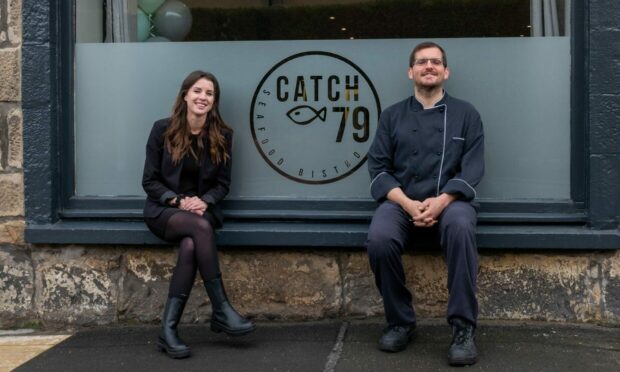
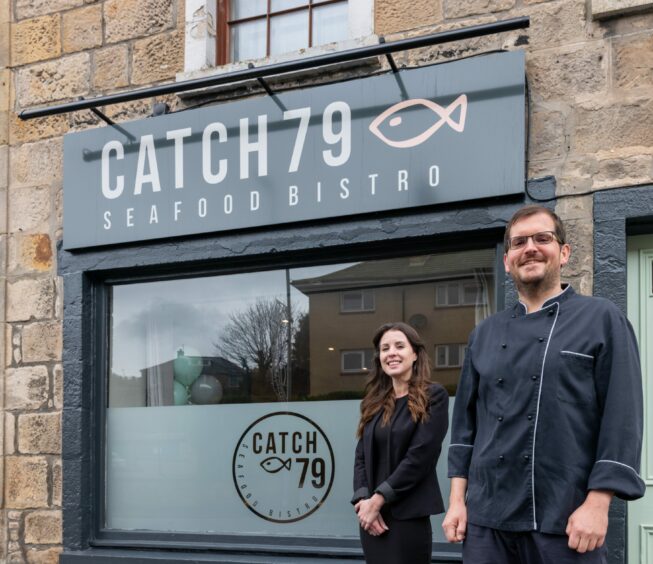
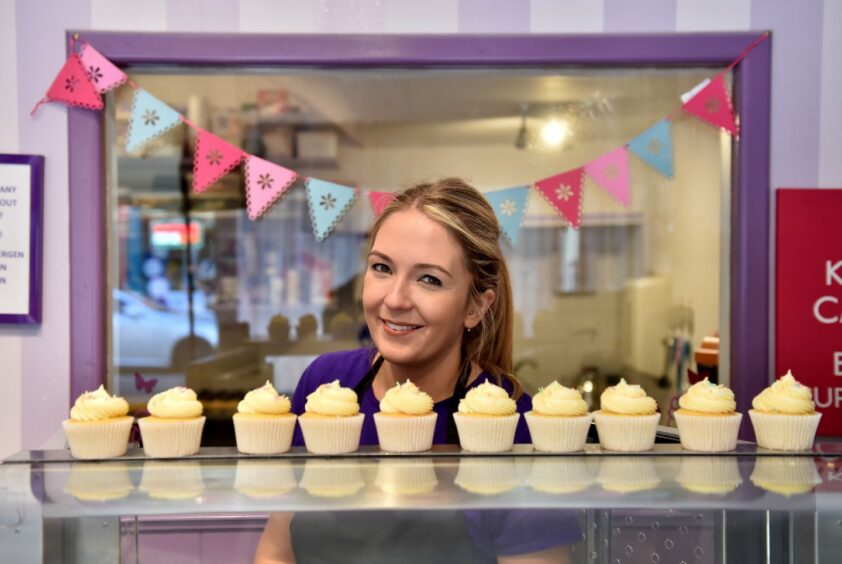
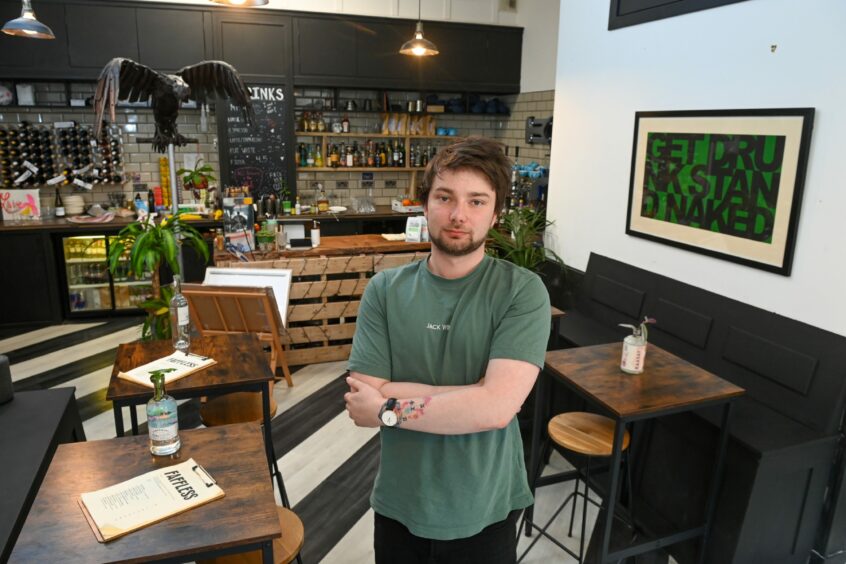
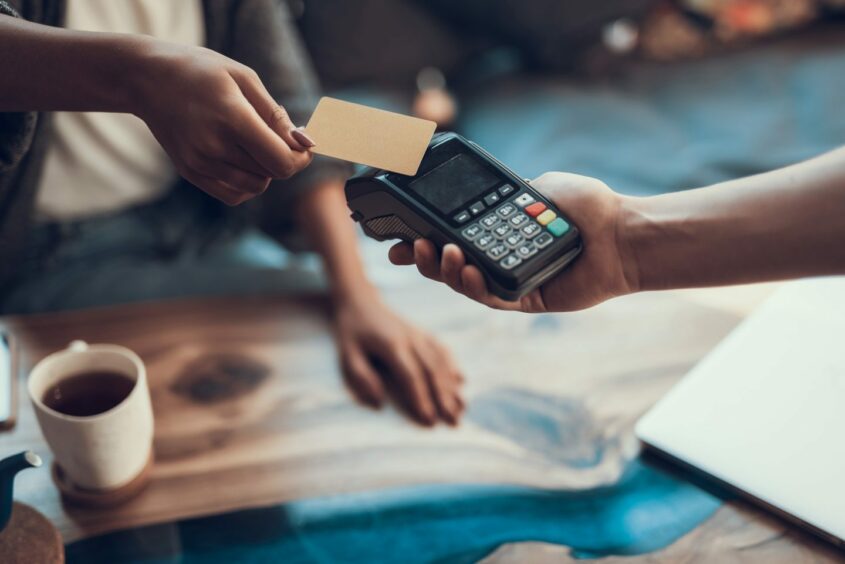
Conversation